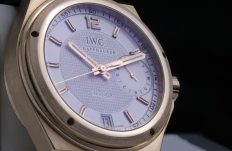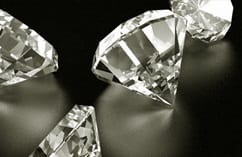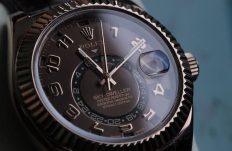Confusion sometimes reigns when discussion about sterling silver jewelry and silver jewelry comes up. Here we look at the differences between the two and why sterling silver is the most common material used for jewelry.
Silver Jewelry
Also known as fine silver, 999, three nines fine or pure silver, this metal is 99.9 percent silver. It is not quite 100 percent because it’s almost impossible to remove all impurities from the metal.
Fine silver rings and other pieces are not common as the metal is soft and tends to be weaker than sterling silver. It scratches and dents easily, so it’s not a metal that is good for jewelry that is worn a lot. However fine silver does become brittle when it’s bent and worked on, so it can be used for some applications, such as wire crochet. Delicate bracelets, necklaces, pendants and even earrings are sometimes made with crocheted silver wire; normal crochet tools are often used to make these jewelry pieces.
Another bonus is that it’s resistant to tarnishing, so it keeps its luster. Fine silver is a dullish grey in colour, and looks remarkably beautiful when used for some types of jewelry.
Sterling Silver Jewelry
Sterling silver is often called 925 silver. This is because it’s an alloy made of 92.5 percent fine silver and 7.5 percent of another metal, usually copper but sometimes nickel or zinc.
The drawback of sterling silver is that although it starts off bright and shiny, it tarnishes, or gets dull and discolored. This is due to the alloy metal contained in sterling silver. If you clean sterling silver jewelry regularly, tarnishing is not a problem.
Sterling silver is much harder and stronger than fine silver because of the other metal added to it, so it’s ideal for crafting jewelry. It can be annealed repeatedly; this is the process of heating and cooling, and it counteracts the effects of work hardening. Sterling silver can also be soldered, which is not possible with fine silver.
Value of Your Jewelry
Whether you are thinking of selling sterling silver or fine silver jewelry, an appraiser looks at two factors.
Intrinsic value. This is calculated by weighing the piece, checking on the price of raw silver on the international markets at the time, and taking into account any gemstones that are embedded into the item. Basically, the intrinsic value equals the metal value plus the gem value. This formula for getting to the intrinsic value is fairly complicated, and is best done by an expert.
Resale value. To calculate the resale value of a piece of jewelry, an appraiser adds the intrinsic value to two more art-related as opposed to scientific factors: the workmanship and the style of the item. Brand also counts for something, so if you have an article that is from a famous jewelry house, this may add to its value.
Replacement cost may be factored into an appraiser’s calculations, but only if the silver jewelry is being valued for insurance purposes. This is how much it would cost you to buy an identical piece new, and is typically much higher than intrinsic and resale value.
Selling Your Jewelry
Before taking your silver jewelry to an appraiser with a view to selling it, make sure that it looks its best. A simple clean with a soft toothbrush, warm water and mild liquid soap is often sufficient.
If you want to sell your sterling silver or fine silver jewelry, visit Pinto Cash For Gold at our convenient Yonge location for an appraisal or contact us online more information.








